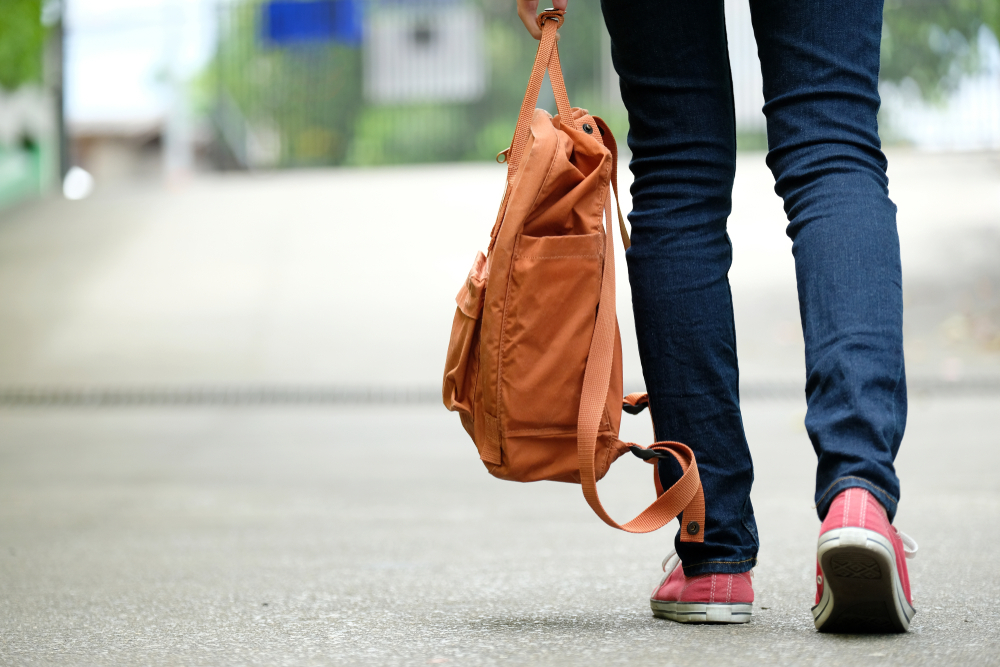How to count carbs when dining out
When you prepare your food at home, you have easy access to nutrition labels and complete control over the amounts of ingredients you cook with — and while this doesn't make carb counting fun, it does make it easier. Learning how to count carbs when you're dining out is a little more difficult, but with some practice, you can become a carb-counting pro, even when you're far from home.
Carbs still count, even at restaurants
It's tempting to avoid carb counting altogether when eating at a restaurant. Everything looks and smells so good, so what's one meal without carb counting going to hurt? But if you've lived with type 1 diabetes (t1d) for very long, you probably know the answer to that question. Sometimes, a small amount of food can pack a big carbohydrate punch, sending your blood sugar way above target.
An important note about restaurants
Here's a sad truth about restaurants: They're not usually in the business of keeping us healthy. They're in the business of keeping us coming back to them over and over. This means they do what they can to make food taste as good as possible, which often involves adding much more butter, sugar, and salt than we would at home. We can't blame restaurateurs for this — they need to make a living, and they're catering to the palates of their customers. But we do need to be aware and order our food accordingly.
How to count carbs when eating out
Keeping track of your carb intake requires either a good memory (to know how many carbs are in a standard serving of bread, pasta, rice, etc.) or a reliable carb-counting app such as Carb Manager. However, it's important to note that nutritional information can vary per item on different apps, so you'll need to weed through the information you find and make an educated guess about which is most accurate. Then you'll need to make your best estimate as to what portion size of food you're going to eat. For instance, is the restaurant's serving much larger than what you might eat at home? If so, you might choose to eat only as much as you normally would, even if that means leaving some food untouched, to keep your carb intake in check.
If you're going to a chain restaurant, though, counting carbs might be no problem at all — virtually all chain restaurants have nutrition facts available either online or posted at each establishment, so you can use this information to help decide what to order. Be aware, though, that nutrition information for franchised restaurants typically comes from their corporate offices. In reality, the location you visit may serve a larger or smaller portion of food than the corporate standard, and this will affect the carb count, so be conservative with your estimates.
Step-by-step guidelines for counting carbs at a restaurant
Here are some helpful steps you can follow while you are eating out at a restaurant:
- Ask your server whether the restaurant has nutrition information available.
- Use the printed nutrition information provided by the restaurant to choose a meal or snack that falls within your usual carbohydrate budget.
- If there is no nutrition information available (can often be the case), think about the "obvious" carbs in the food you're ordering. Will there be bread, pasta, potatoes, or rice? Or a hamburger or hot dog bun?
- When your meal arrives, estimate the number of standard portions of carbohydrate in your meal, either from memory or by using your phone app.
- After you've determined the number of standard portions of carbohydrate foods on your plate, multiply that number of portions by 15 (a standard serving of starch has approximately 15 grams of carbohydrate).
Now you have a good estimate of the number of carbs you've been served. Is this close to your usual carb intake, or is it significantly more? If it's a lot more, consider asking for a take-out box and saving half the meal for later. Or, if you plan to eat all that you've been served, adjust your mealtime insulin dose as per your healthcare provider's instructions.
Other tips for eating out
When you taste your food at restaurants, pay close attention to its flavor. If a food you're well-acquainted with tastes sweeter than normal, the restaurant may have added sugar or another sweetener to enhance the flavor, and you may need a little more insulin to combat the anticipated rise in your blood sugar.
Finally, help take out the guesswork of future meals out by keeping a log of your favorite restaurants and dishes you've ordered. For each of your go-to dining spots, track the meals you order and how many units of mealtime insulin you take as a bolus before each one. Then, if you notice that your blood sugar is higher (or lower) than you'd like a couple of hours after the meal, you'll know how to adjust the next time you eat at that establishment.
If you'd like more information on the basics of carb counting — including standard portions sizes, which foods contain carbs, and recommended carb-counting apps — take a look at this guide to type 1 diabetes and carb counting.




